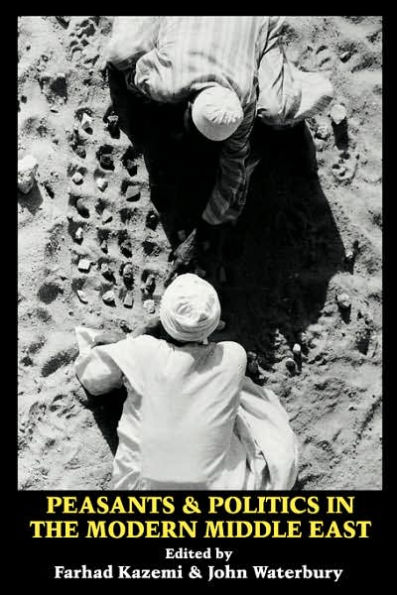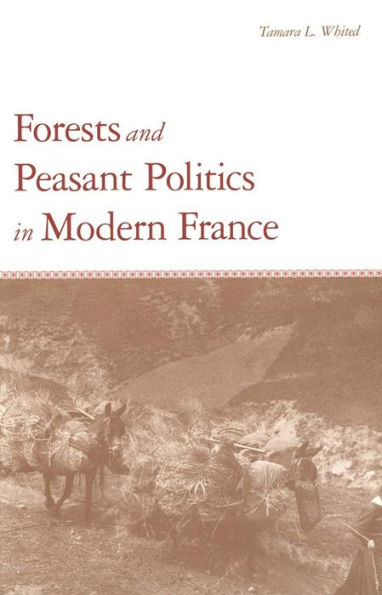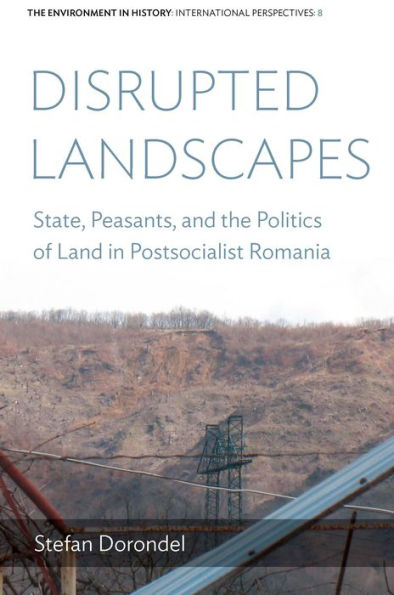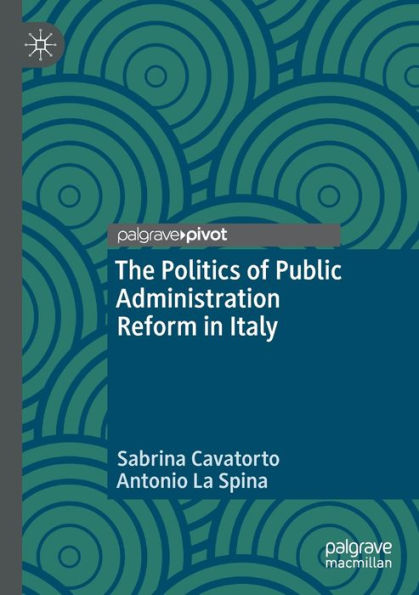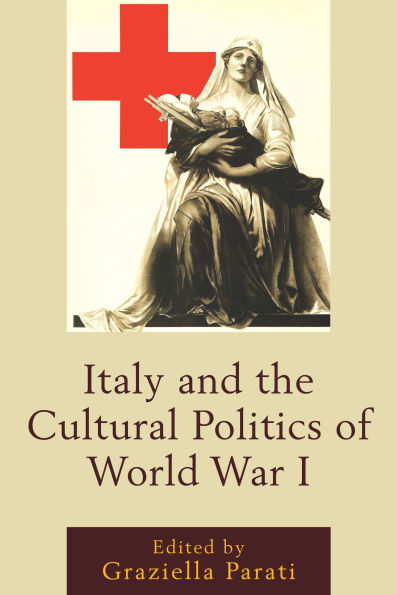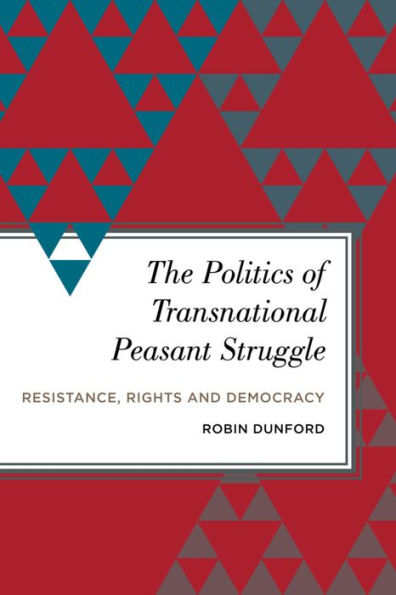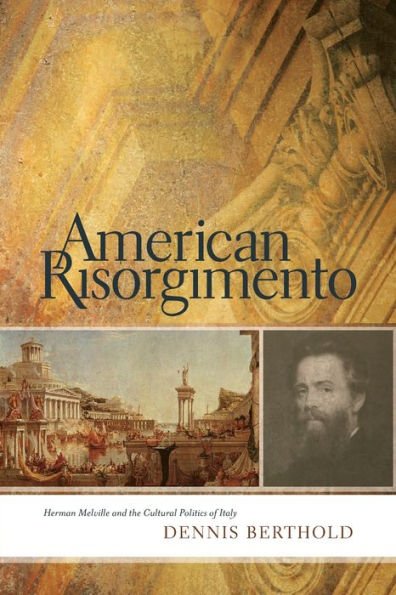Home
Peasant Women and Politics Facist Italy: The Massaie Rurali
Barnes and Noble
Peasant Women and Politics Facist Italy: The Massaie Rurali
Current price: $51.99
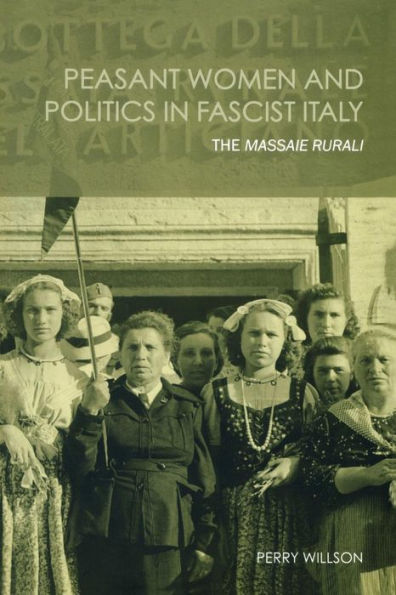

Barnes and Noble
Peasant Women and Politics Facist Italy: The Massaie Rurali
Current price: $51.99
Size: Paperback
Loading Inventory...
*Product information may vary - to confirm product availability, pricing, shipping and return information please contact Barnes and Noble
Peasant women were the largest female occupational group in Italy between the wars. They led lives characterised by great poverty and heavy workloads, but Fascist propaganda extolled them as the mothers of the nation and the guardians of the rural worlds, the most praiseworthy of Italian women.
This study is the first published history of the
Massaie Rurali
, the Fascist Party's section for peasant women, which, with three million members by 1943, became one of the largest of the regime's mass mobilizing organizations. The section played a key role in such core fascist campaigns as nation-building and ruralization. Perry Willson draws on a wide range of archival and contemporary press sources to investigate the nature of the
and the dynamics of class and gender that lay at its heart. She explores the organization's political message, its propaganda and the reasons why so many women joined it.
This study is the first published history of the
Massaie Rurali
, the Fascist Party's section for peasant women, which, with three million members by 1943, became one of the largest of the regime's mass mobilizing organizations. The section played a key role in such core fascist campaigns as nation-building and ruralization. Perry Willson draws on a wide range of archival and contemporary press sources to investigate the nature of the
and the dynamics of class and gender that lay at its heart. She explores the organization's political message, its propaganda and the reasons why so many women joined it.
